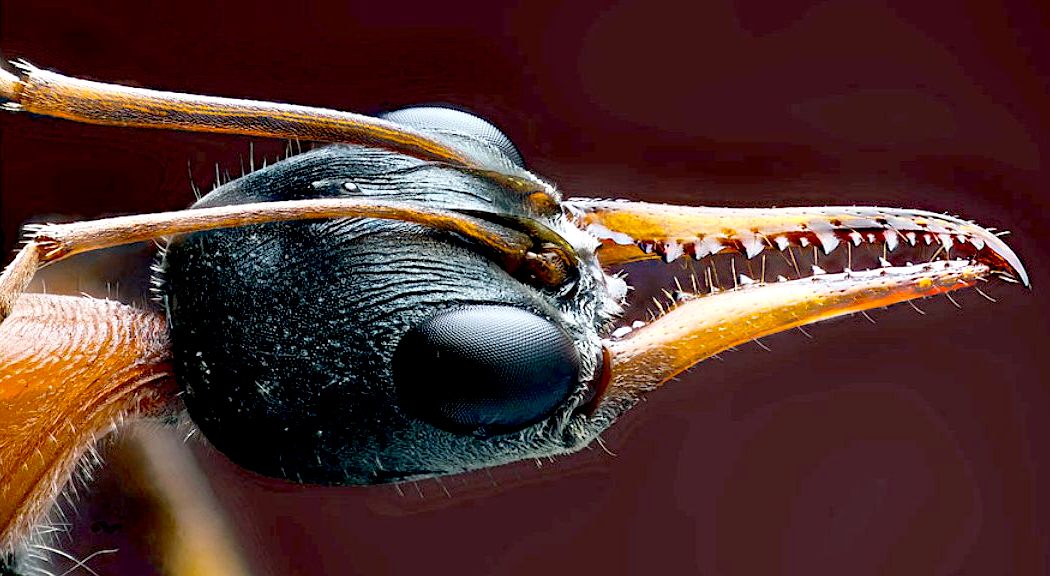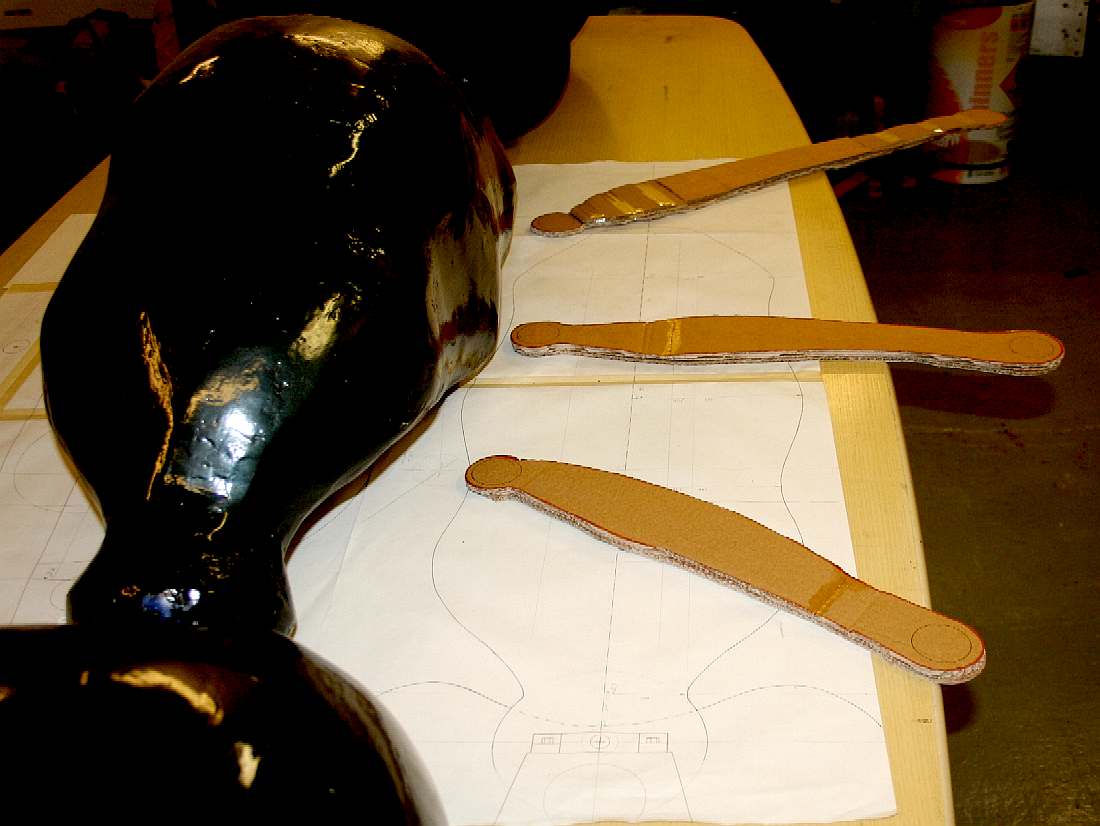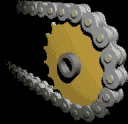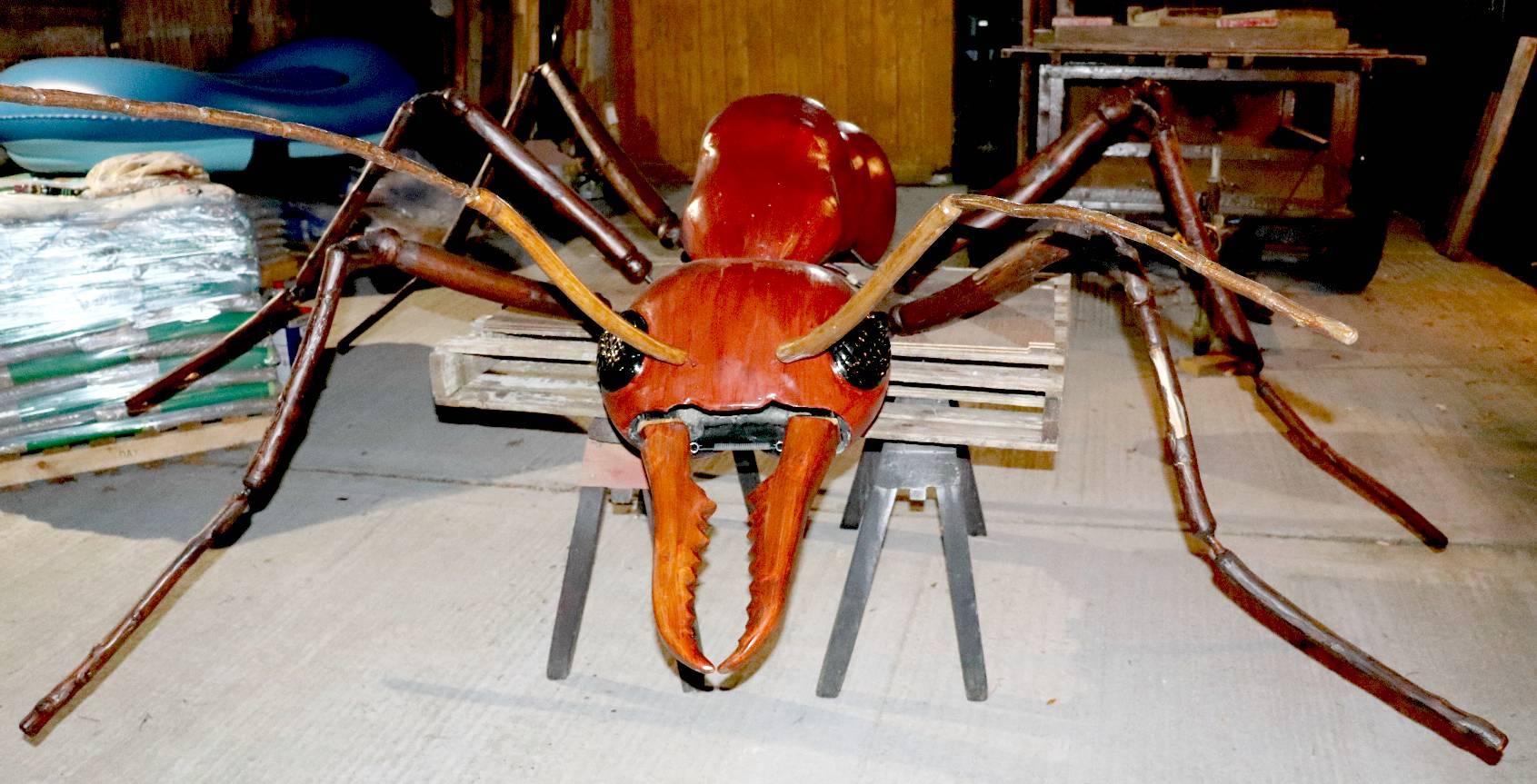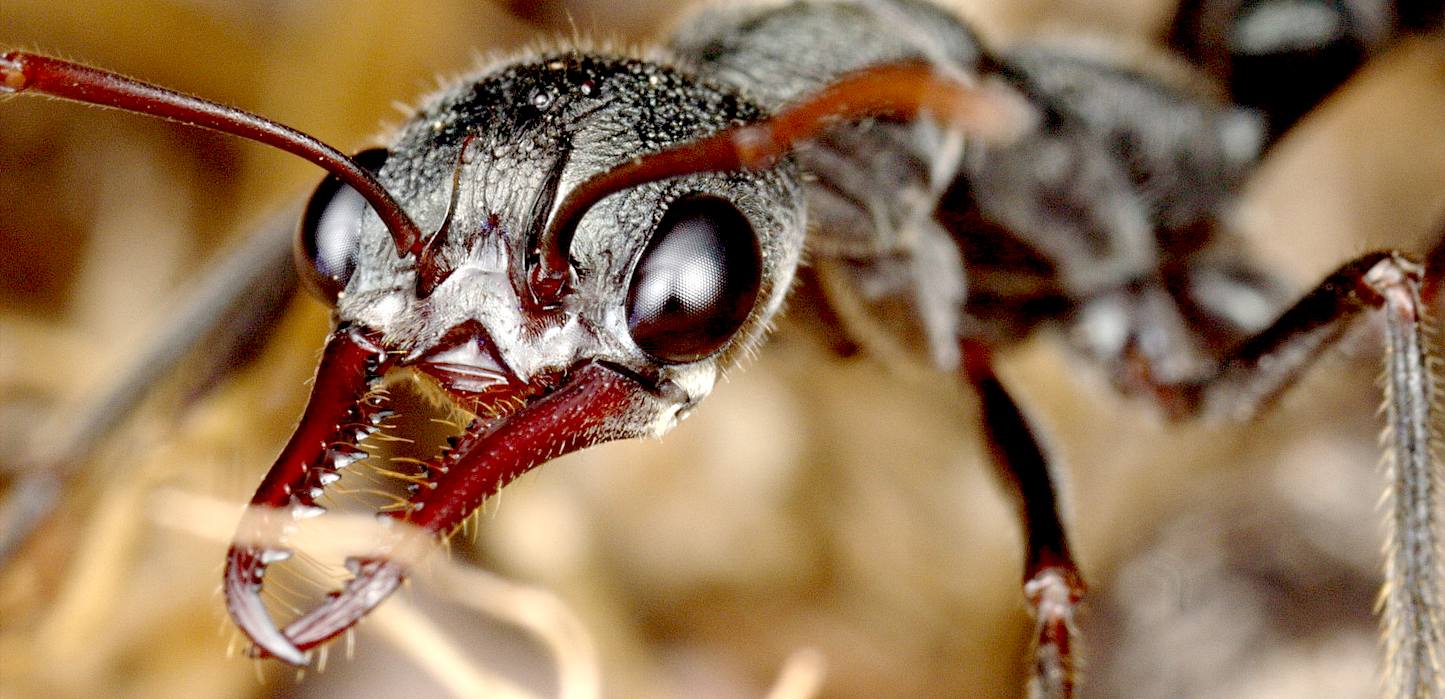|
DINO - THE DINOBOT - JUMPING & SITTING
|
|
|
ANT BEHAVIOUR - In order to give Dino the look and feel of the real bulldog ant, we need to build into the design, the ability to perform those functions.
ANTICS - SITTING & JUMPING
In order to mimic some of the natural movements of an ant, we will have to modify the standard transmission so that we have more control over each limb individually. Fortunately, this is possible without resorting to hydraulics or without the need to radically depart from the transmission that we need for ordinary locomotion. It is an add on - that at the moment we are not keen to show anyone how it works. Just in case Jameson Hunter want the additional protection of a patent. Sorry.
There are some seriously complicated motor/drive arrangements that are trying to achieve the movement we are aiming for, such as 'Hector', from Bielefeld University in Germany, seen below.
We hope to achieve a similar level of adjustment to rough ground, without using much in the way of computing power, and more in the way of mechanical design adaptation. The object is to keep the transmission as simple, hence, as rugged and as economical as possible. KISS
HECTOR
- The Biomechatronics research group of Bielefeld University, led by Prof. Dr. Axel Schneider, developed this six-legged walking robot using a stick insect as a model. For the design, the insect's measurements were increased by a factor of about 20. The total length of the robot is roughly 90 cm
and weighs 12kg. They say it's a giant stick insect, but it looks more
like an ant or a beetle. The project's goal was to better understand the gait of
insects and make the underlying coordination principles usable for technical systems. The research team also
wanted to investigate fundamental concepts for controlling elastically actuated robotic systems.
Now this is something we are also looking at.
LEG MASS v COST - Aluminium legs in 28.5mm tubing is likely to be around £35 + delivery, whereas, titanium in 25 and 19mm tubing will run to £138 + delivery. The price for carbon fibre will be significantly higher because of the moulds, but we need leg patterns anyway for film special effects. Please note that this photograph is copyright © Jameson Hunter Ltd 2015. You will need permission from Jameson Hunter to be able to reproduce it.
LEFT - Movie idea, lurking beneath the Antarctic ice is a discovery that scientists will die for. This story is now the subject of a low budget trailer to be produced mostly in the UK. The promoters are looking for backers. The UK will contribute 20% toward production costs. Roughly 60% of a low budget film may be pre-sold as distribution rights, leaving 20% finance to source. The deal is that investors recover 120% on their project stake within 12 months of shooting, with an income stream thereafter from networks and merchandising. Producers and directors please take note that there is a significant audience for well made movies of this genre. Look at what happened when they remade Godzilla.
A Sectasaur™ (thawed) - now on permanent display at Herstmonceux Museum, in Sussex, England.
ANTICS - ARDUINO - ARMOUR - ARTWORK - BIPEDAL HUMANOIDS - BLACK BOX - CHAT GPT - ELECTRONICS - ENERGY - FRAME - FORMICARIUM HEAD - INVISIBILITY - JAWS - KITS - LEGS - MECHANICS - MOTORS - MOVIE - RASPBERRY Pi - R/C DRONE - SENTRY - SOFTWARE SIM CARDS - SMARTPOHNES - SOUND PROOFING - SPACE ROVERS - SPEED - STEM - SUSPENSION - TAIL - WEAPONS - WARGAMING
|
|
|
This website is Copyright © 2023
|
